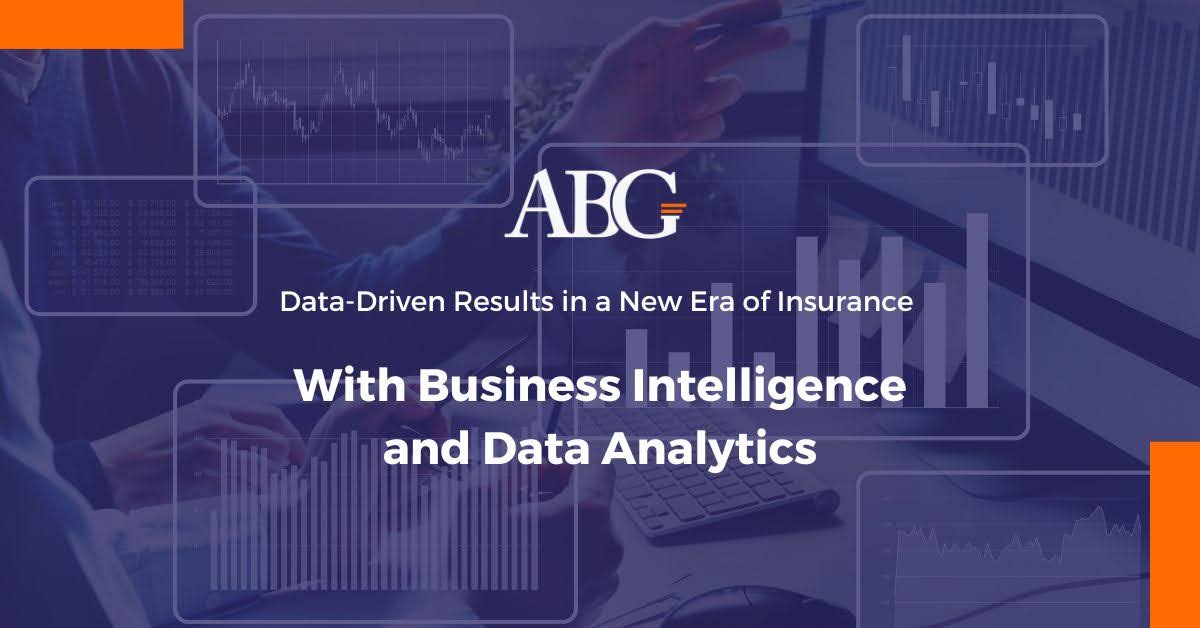
Undoubtedly, the proficient management of data has emerged as an absolute necessity for businesses aiming to secure a distinctive competitive advantage. Data management involves a series of practices, technologies, and strategies aimed at maintaining data accuracy, availability, and security throughout its lifecycle.
The Importance of Data Governance
According to BizTech Magazine, data governance is “the set of processes and policies that organizations use to manage their data assets.” The article goes on to say that data governance is important for businesses because it helps to ensure the quality, accuracy, and security of data. Data governance can also help businesses to comply with regulations, make better decisions, and improve operational efficiency. (BizTech Magazine, 2023)
Data governance stands as the cornerstone of successful data management. It encompasses the establishment of guidelines, policies, and procedures that ensure data is consistently accurate, secure, and accessible. Without robust data governance, organizations risk making crucial decisions based on inaccurate or unreliable data, leading to financial losses and reputational damage.
Establishing Data Ownership and Accountability
Within an organization, defining data ownership and assigning accountability are vital components of data governance. By clearly identifying who is responsible for different datasets, companies can streamline decision-making processes and ensure data quality.
Ensuring Data Security and Compliance
Data breaches have the potential to be catastrophic. Data governance helps implement security measures to protect sensitive information, as well as ensure compliance with data protection regulations such as GDPR and HIPAA.
How to Clean and Transform Data for Analysis
Cleaning and transforming data are integral steps before analysis. Raw data often contains errors, inconsistencies, and redundancies that can skew insights and conclusions. Transformative processes help convert data into a consistent and usable format.
Data Cleaning: Removing Noise and Errors
Data cleaning involves identifying and rectifying errors, inconsistencies, and inaccuracies within datasets. This process eliminates “noise” from the data, enhancing its quality and reliability.
Transformation for Enhanced Insights
Data transformation involves converting data into a format that is conducive to analysis. This might include aggregating data, normalizing units, or creating calculated fields, all aimed at revealing meaningful patterns and relationships.
Exploring Advanced Data Governance Tools and Techniques
Forrester Co. reports that despite substantial advancements in data, analytics, and AI platforms and tools, our data challenges continue to accumulate. In this discussion, we’ll shift our focus toward the realm of data governance, a crucial aspect within the broader scope of data management.
Cutting-edge data governance tools and techniques prioritize the enhancement of data accessibility, usability, and security. This includes a suite of resources dedicated to data discovery, data integration, data compliance, and data security. Additionally, there is a burgeoning emphasis on harnessing artificial intelligence and machine learning to streamline data governance tasks and elevate data quality.
Here are some notable examples of the latest data governance tools and techniques:
- Data Discovery Tools: These aids enable organizations to locate and categorize data scattered across various systems and locations while maintaining governance protocols.
- Data Integration Tools: Data governance extends its influence by harmonizing data from diverse sources into a unified, governance-compliant view.
- Data Compliance Tools: Ensuring data is used and managed consistently and in alignment with regulatory requirements is a central facet of modern data governance.
- Data Security Measures: Robust data governance includes safeguarding data against unauthorized access, use, or disclosure, securing sensitive information, and maintaining compliance.
- AI and ML Applications: Artificial intelligence and machine learning tools have an integral role in automating data governance tasks, ranging from data cleansing to insightful data analysis.
The integration of these advanced data governance tools and techniques empowers businesses to not only bolster data quality but also to mitigate data-related costs.
The Future of Advanced Data Management
The future of advanced data management is poised for transformative shifts, as indicated by insights from the Data Strategy & Insights 2023 event by Forrester. With emerging trends and innovations, data management is set to embrace the integration of IoT-generated data, usher in the collaborative approach of DataOps, and harness cutting-edge technologies to unlock deeper insights and efficiencies. This dynamic landscape promises to reshape how organizations handle, analyze, and derive value from their data assets.




